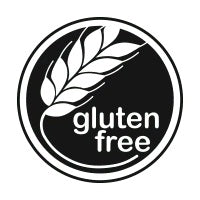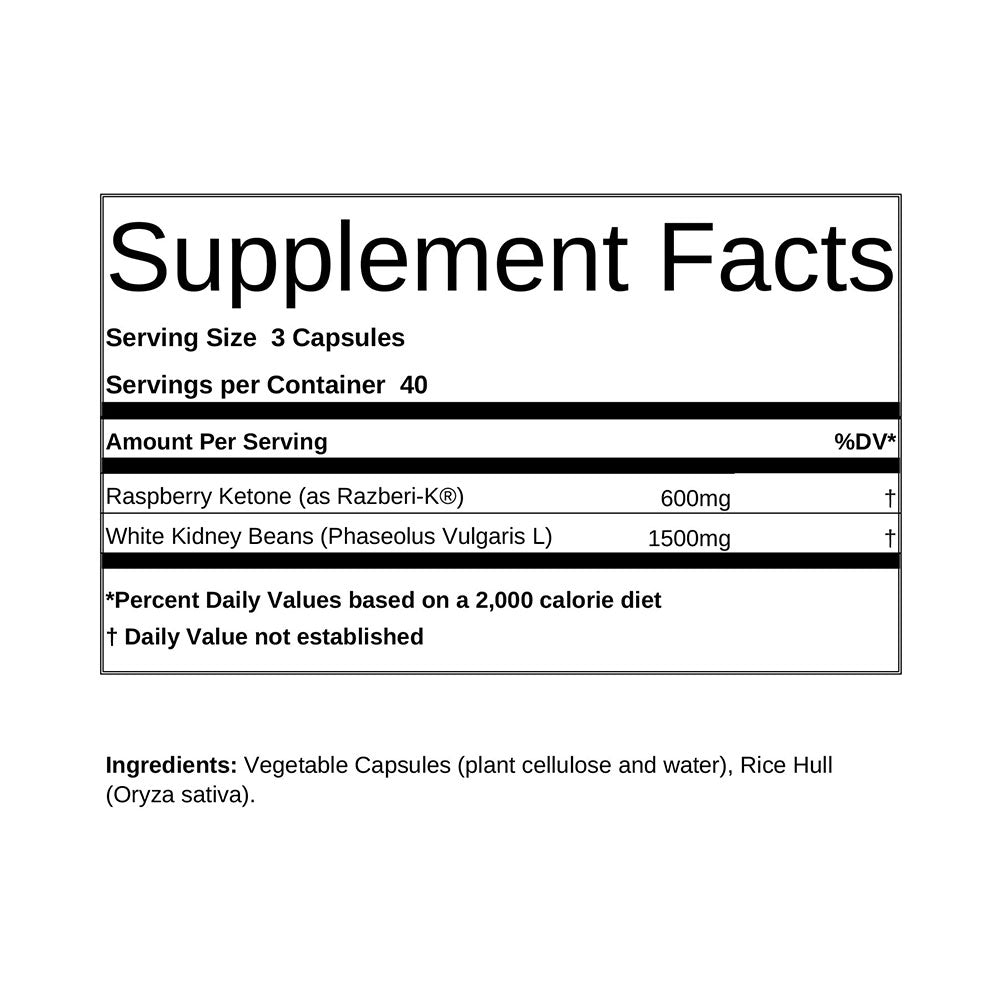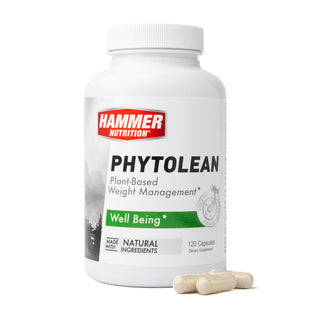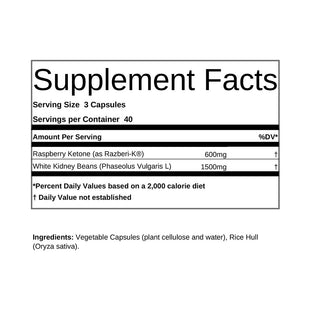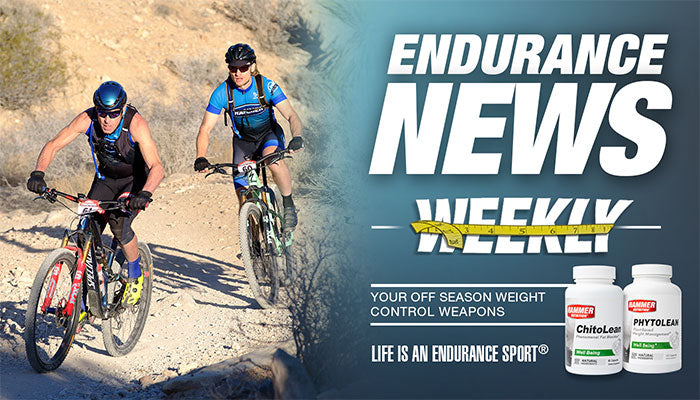When would be the most ideal time to use Phytolean?
Ideally, Phytolean should be taken with meals, especially if high in starchy carbohydrates.
How many capsules do I need to take?
Dosage is typically one to three capsules, depending on how much starch you will be eating. Keep in mind that the starch blocking ingredient (Phaseolus vulgaris) has been shown to block 300 times its weight in starch. That means that each two-capsule dose of Phytolean will block 300 grams (thats over 10.5 ounces!) of starchy carbohydrates from being absorbed and stored as body fat!
Is there any time that I wouldn't want to use Phytolean?
Not really. Since it's only blocking starch-based carbohydrates, even during periods of high-volume training you will be able to effectively replenish glycogen stores post-workout, as long as you keep your "good carb" (e.g., whole fruits, leafy greens and low starch vegetables) intake. 7-9 servings per day of low starch, complex carbs will guarantee no disruption to the rapid replenishment of glycogen stores.
What foods are high in starchy carbohydrates?
Here is a quick list of foods high in starchy carbohydrates:
- Rice
- Pasta
- Bread/Bagels/Muffins/Pastries/Crackers
- Cereal
- Oats
- Potatoes
- Corn
- Black Beans
- Squash
- Peas
- Bananas
Are your supplements 3rd party tested?
Yes, every Hammer Nutrition supplement is 3rd party tested in compliance with the FDA’s regulations, 21 CFR Part 111 – Dietary Supplements. All the raw materials for each supplement we produce are tested for purity, strength, identity, and integrity. In addition to raw material testing, every Hammer Nutrition supplement is also tested in every stage of production—blending, encapsulation / powder-filling, packaging components and finished goods—before being released for distribution.
Is it okay to use Phytolean and ChitoLean together?
Q: Is it okay to use Phytolean and ChitoLean together, and when can both be used?
A: Yes, both products may be taken together. Here’s when!
Though Phytolean does affect some areas of fat metabolism, its primary method of action is as a starch blocker. ChitoLean, on the other hand, does little-to-nothing with carbohydrates (starch or otherwise), but instead is a very effective fat blocker.
Like Phytolean, ChitoLean is not necessarily a daily use supplement. Instead, you should reserve ChitoLean use for when you’re consuming a meal that contains a lot of not-so-great fats (think: a big Italian meal with lots of fat-loaded cream sauces and butter, or a meal that includes a fat-loaded cheeseburger).
You could also use Phytolean in tandem with ChitoLean. The same “big Italian meal” applies, only now we’re taking into account all of that pasta and bread. The “fat-loaded cheeseburger” meal also applies when we take into account an order of starchy French fries and the cheeseburger bun.
BOTTOM LINE: When you have a high-starch and high-fat meal in front of you, definitely use both Phytolean and ChitoLean!
Special Notes on ChitoLean:
1) If you’re using ChitoLean, you will want to take all medications and healthy fats 4+ hours before or after taking ChitoLean. This is because the positive charge carried by the chitosan molecule causes it to bind to negatively charged substrates such as fat… and that includes ALL fat, including the healthy fats found in foods such as avocados, and nuts and seeds, as well as healthy oils such as virgin olive oil, flaxseed oil, or the omega-3 fatty acids found in EndurOmega, our fish oil supplement.
The absorption of all fat-soluble nutrients—including vitamins A, D, E, K, and other fat-soluble nutrients such as Coenzyme Q10 (Race Caps Supreme) and everything that’s in AO Booster—will also bind to chitosan, which means that they won’t be absorbed. That’s NOT what you want!
2) Because chitosan is a fiber, you should consume 8+ ounces of water when you take your ChitoLean and start your meal. That will help make the product work even better and prevent your body from having to pull fluid away from other areas of the body to help with the digestion of the chitosan.




